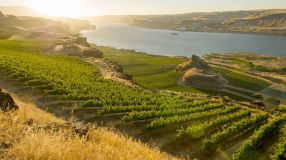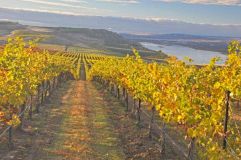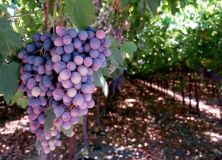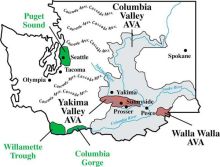Washington produces wonderful wines, but the region is hard to define due to its diversity in terroir. It’s diversity in wine production contrasts with the more unified image of regions like Chile and S. Africa.




It’s 900 wineries in 2016 cranked out 17.5 million cases of wine from 50,000 acres of vineyards, up from 8.4 million in 2006. Its nine AVA’s (American Viticulture Areas) are predominantly known for their whites, but reds actually account for 58% of the states total. Washington produces over 70 varietals, with Riesling, Chardonnay, and Pinot Gris, its top 3 whites, and Cabernet Sauvignon, Merlot, and Syrah its top 3 Reds. Source: http://www.washingtonwine.org/
Eastern Washington is one of the very few world class growing regions on earth that DOES NOT have to graft its vines onto rootstock.Phylloxera (dactylasphaera vitifolea) is an aphid that damages roots by feeding on them and leaving them prey to disease and nutrient deficiencies - enough to kill the host vine. It exists in 95% of the world’s quality wine regions.
As a result, these places must graft the genus Vitis Vinifera vines (which, while they count for every great wine grape in the world like Chardonnay and Cabernet Sauvignon, are prone to phylloxera) onto another type (or genus) of rootstock such as Vitis Riparia or Vitis Rupestris, which are immune to the pest and able to coexist. While hard to prove, most wine professionals believe that there is at least some purity of flavor lost in having two different vine types forged together. Washington State doesn’t have to do this! As a result, the wines of Washington are 100% the grape variety planted.
Read what the SF Chronicle wrote in April 2011 about 2008 Washington Reds. According to SeattleMet, here's a list of the 100 best Washington wines from 2010. A well regarded blog about Washington wines comes from Paul Gregutt.
